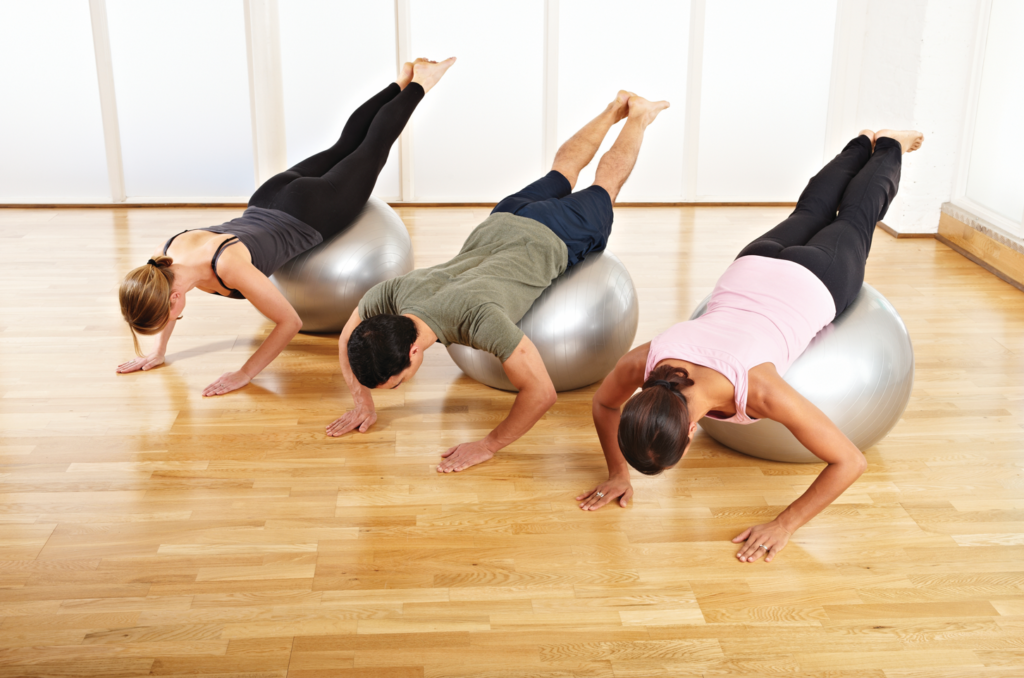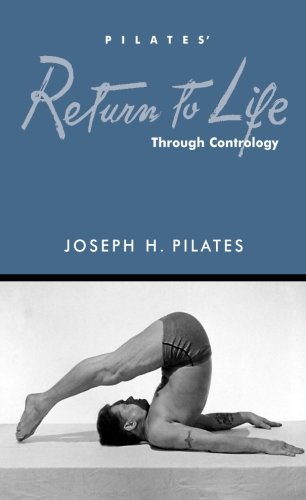
Why Pilates works
Created by Joseph Pilates, the Pilates method offers both mind and body conditioning. It helps to rebalance your body, as you work towards achieving the perfect balance of strength and flexibility.
Pilates will help you to find, understand and maintain better posture, while you learn how to breathe more efficiently and improve your core stability.
Building strength from the inside out
By targeting the deep postural muscles of your body, you’re building strength from the inside out, creating a natural girdle of strength around your torso.
Every movement you’ll perform is done mindfully with precision and control, making it a very safe and effective way to exercise.
Pilates is a helpful stress management tool
The mindful approach you’ll learn in Pilates classes can also help your mental well-being, helping you better cope with unwanted stress and tension.
It’s for every body
Pilates may be perfect for athletes and dancers looking to enhance their performance and minimise the risk of injury, but its accessible yet challenging exercises are also ideal for first-time exercisers and ‘weekend warriors’ of all ages.
It’s also endorsed by medical specialists if you’re recovering from injury and need a low-impact challenge to build your strength and flexibility up again.
It’s recommended by medical specialists
If you’re battling with chronic back problems, Pilates is often recommended by medical specialists. They particularly endorse Pilates matwork exercises because you don’t need any special equipment, and they’re particularly safe if you struggle with back and neck issues.
In fact, many osteopaths, chiropractors, physiotherapists and homeopathic doctors have either set up Pilates studios as part of their practices or established a close working partnership with their local Body Control Pilates teachers.
The man behind the method: Joseph Pilates
Born in Düsseldorf, Germany in 1883, Joseph ‘Jo’ Pilates was a sickly child who battled with rickets, asthma and rheumatic fever. Determined to overcome his frailty, he started to experiment with many different exercise regimes including ancient Roman and Greek exercise regimens, yoga, gymnastics, skiing, self defence, dance, circus training and weight training.
By absorbing these and other methods and selecting the most effective features, Jo was able to work out a unique system based on the perfect balance of strength and flexibility to develop his own body.
He then began to teach these techniques to others including detectives at Scotland Yard and his fellow internees at an internment camp in the UK during World War I.
In 1926, Jo emigrated to the US and opened up a fitness and rehabilitation studio in New York with his wife Clara. Although his original clients were boxers, his method – which he originally named ‘Contrology’ – soon gained acclaim among actors, gymnasts, athletes and dancers, including dance luminaries like George Balanchine and Martha Graham.
When he died in 1967, he left a huge legacy of work, including about 600 exercises and his book, Return to Life Through Contrology. The core of his mat-based work is commonly known as ‘The Full Mat’ or ‘Classical Pilates’, but he also developed innovative equipment like the Reformer and the Cadillac to help his clients.

My method develops the body uniformly, corrects wrong posture, restores physical vitality, invigorates the mind and elevates the spirit.
– Joseph Pilates (1883-1967)
Where in London?
South West London (Raynes Park, Southfields & Wimbledon Village) + Zoom Classes
